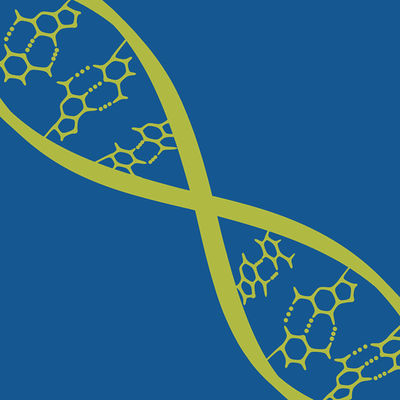NIH Finds Non-Chemo Drug Combo Induces Lasting Remission in DLBCL Patients
2024-06-20
临床结果临床2期抗体药物偶联物临床3期临床1期
Pictured: The National Institutes of Health's main building in Maryland/iStock, Grandbrothers
Researchers from the National Institutes of Health have identified a novel, non-chemotherapy combination regimen for treating relapsed diffuse large B-cell lymphoma, reporting full remission for some patients no longer responding to standard treatments.
Detailing their findings Wednesday in The New England Journal of Medicine, the NIH scientists combined five common anti-cancer agents—AbbVie and Genentech’s Vencelxta (venetoclax), Johnson & Johnson’s Imbruvica (ibrutinib), Genentech’s Gazyva (obinutuzumab), Bristol Myers Squibb’s Revlimid (lenalidomide) and the corticosteroid prednisone.
The treatment combo, dubbed ViPOR, was tested in a Phase Ib/II study that included 50 patients with diffuse large B-cell lymphoma (DLBCL). Results showed that the investigational regimen “substantially” shrank tumors in 28 of 48 evaluable patients, according to the NIH. This corresponded to a 54% objective response rate.
Overall, 18 patients saw their tumors completely disappear, resulting in a 38% complete response rate for ViPOR. At the end of treatment, circulating tumor DNA was undetectable in 33% of patients. After two years of follow-up, 34% of treated patients showed no signs of the disease while 36% remained alive.
In terms of safety, the Phase Ib portion of the study detected a single dose-limiting case of grade 3 intracranial hemorrhage. In the Phase II portion, adverse events of note included grade 3 or 4 neutropenia, thrombocytopenia, anemia and febrile neutropenia.
“DLBCL is one of the most genetically heterogeneous forms of cancer, and as a result we don't yet have the ability to identify exactly which combination of drugs would be most effective for any given patient,” Christopher Melani, from the National Cancer Institute’s Center for Cancer ResearchCancer Institute’s Center for Cancer Research, said in a statement. Melani co-led the study.
“By putting five drugs together, we believe that there will be some drug combination—either two, three, or more drugs—that will be particularly effective against the patient’s tumor,” Melani said.
The NIH researchers are working on a larger Phase II study, which they plan to conduct in multiple centers. The mid-stage trial will assess the activity of ViPOR in various genetic subtypes of DLBCL.
Accounting for around 25% to 30% of all non-Hodgkin lymphomas, DLBLC is the most common type of lymphoma, according to the NIH. It is typically characterized as the enlargement of lymph nodes or the rapid growth of a mass in a nodal or extranodal site. DLBCL is often aggressive, though it responds reasonably well to a regimen called R-CHOP, which consists of rituximab, cyclophosphamide, doxorubicin, vincristine and prednisone.
Several pharma players are working on potentially better therapies for DLBCL to improve safety and efficacy, as well as provide patients more options in case of disease progression or treatment intolerance.
Pfizer is advancing its antibody-drug conjugate Adcetris (brentuximab vedotin) for DLBCL and in March 2024 reported that it significantly improved survival in patients enrolled in the Phase III ECHELON-3 study. Roche is also targeting DLBCL with its bispecific T-cell engager Columvi (glofitamab) boosting survival in the Phase III STARGLO trial, according to an April 2024 readout.
Tristan Manalac is an independent science writer based in Metro Manila, Philippines. Reach out to him on LinkedIn or email him at tristan@tristanmanalac.com or tristan.manalac@biospace.com.
更多内容,请访问原始网站
文中所述内容并不反映新药情报库及其所属公司任何意见及观点,如有版权侵扰或错误之处,请及时联系我们,我们会在24小时内配合处理。
适应症
靶点
-热门报告
立即开始免费试用!
智慧芽新药情报库是智慧芽专为生命科学人士构建的基于AI的创新药情报平台,助您全方位提升您的研发与决策效率。
立即开始数据试用!
智慧芽新药库数据也通过智慧芽数据服务平台,以API或者数据包形式对外开放,助您更加充分利用智慧芽新药情报信息。





